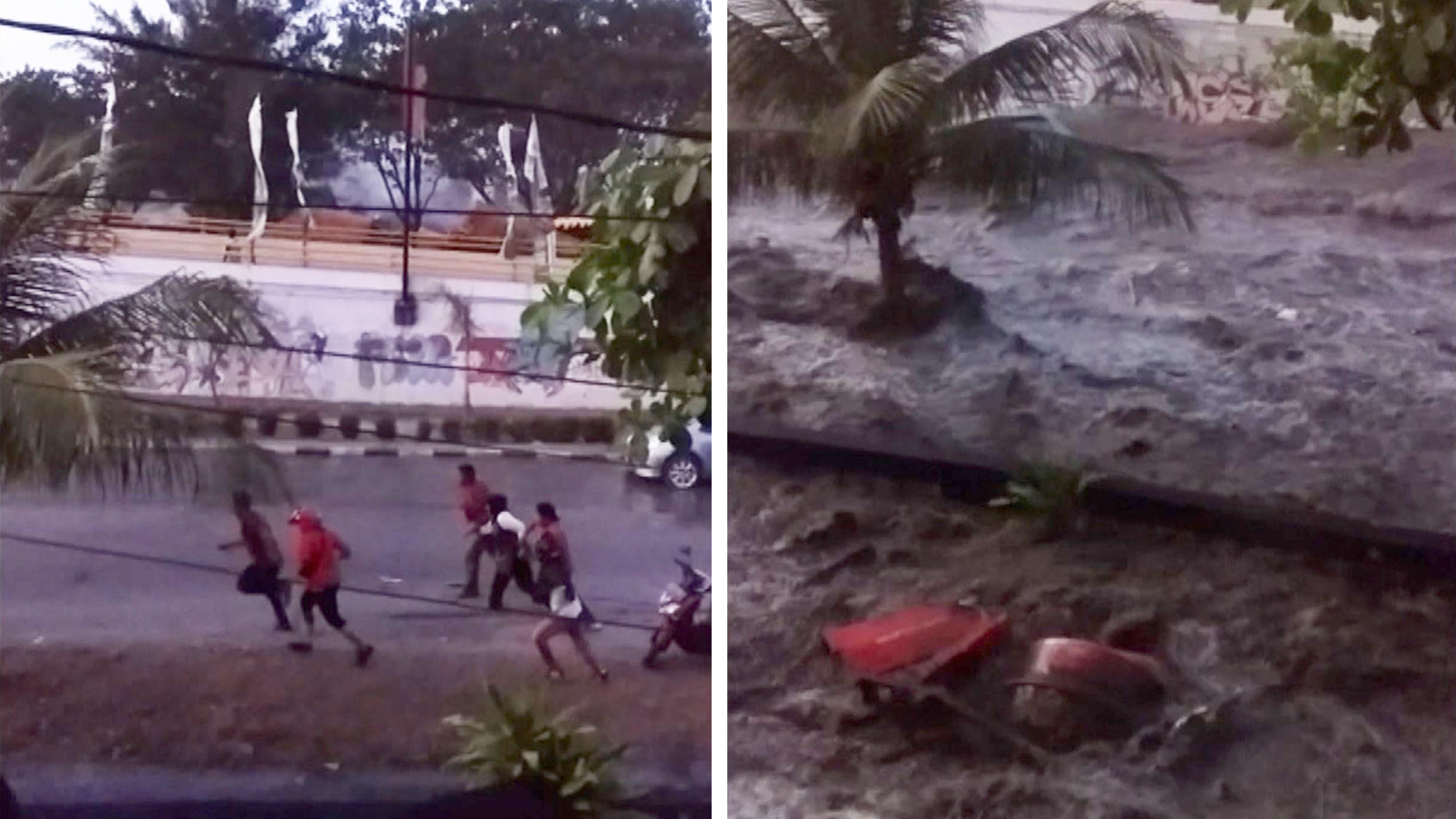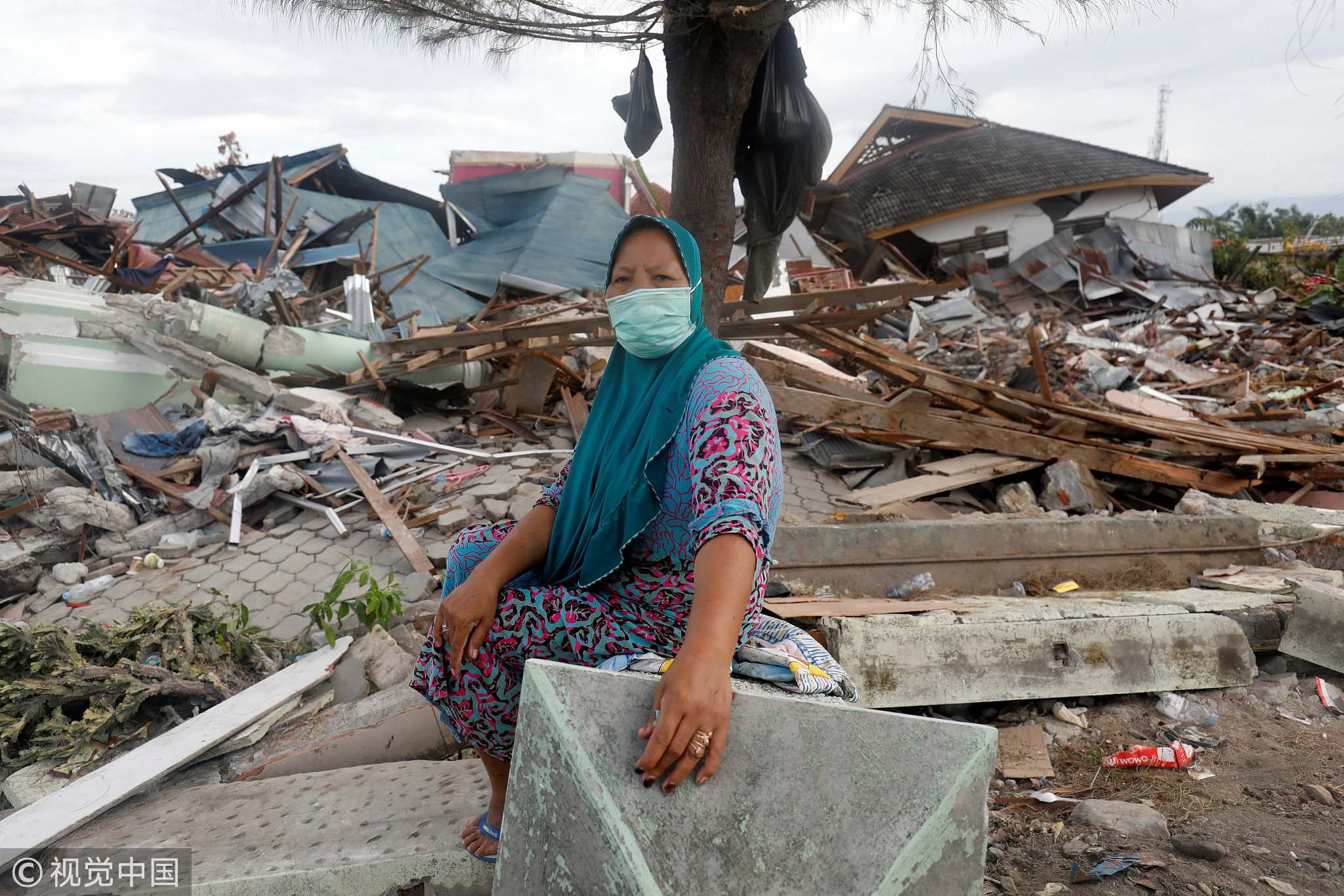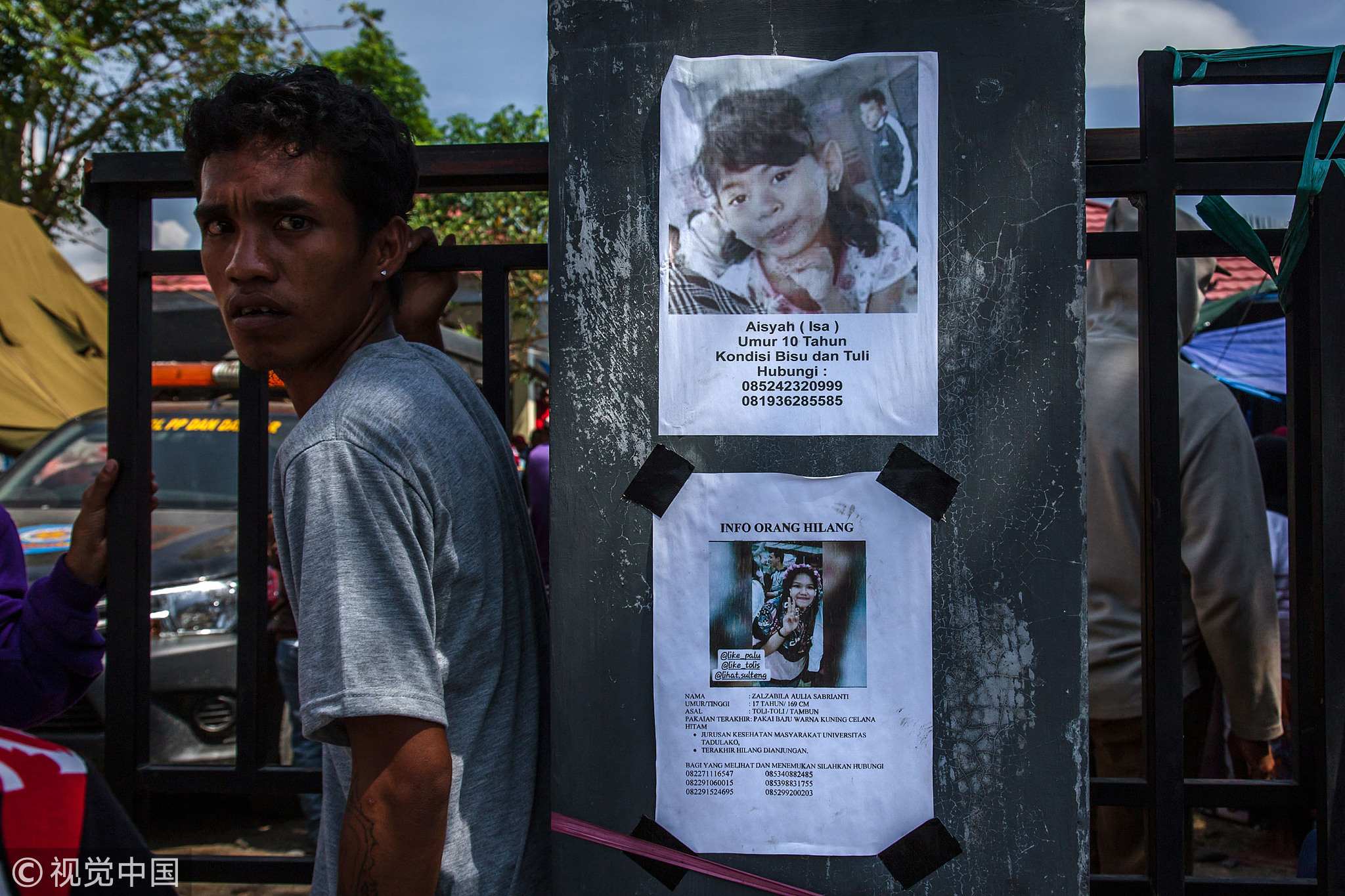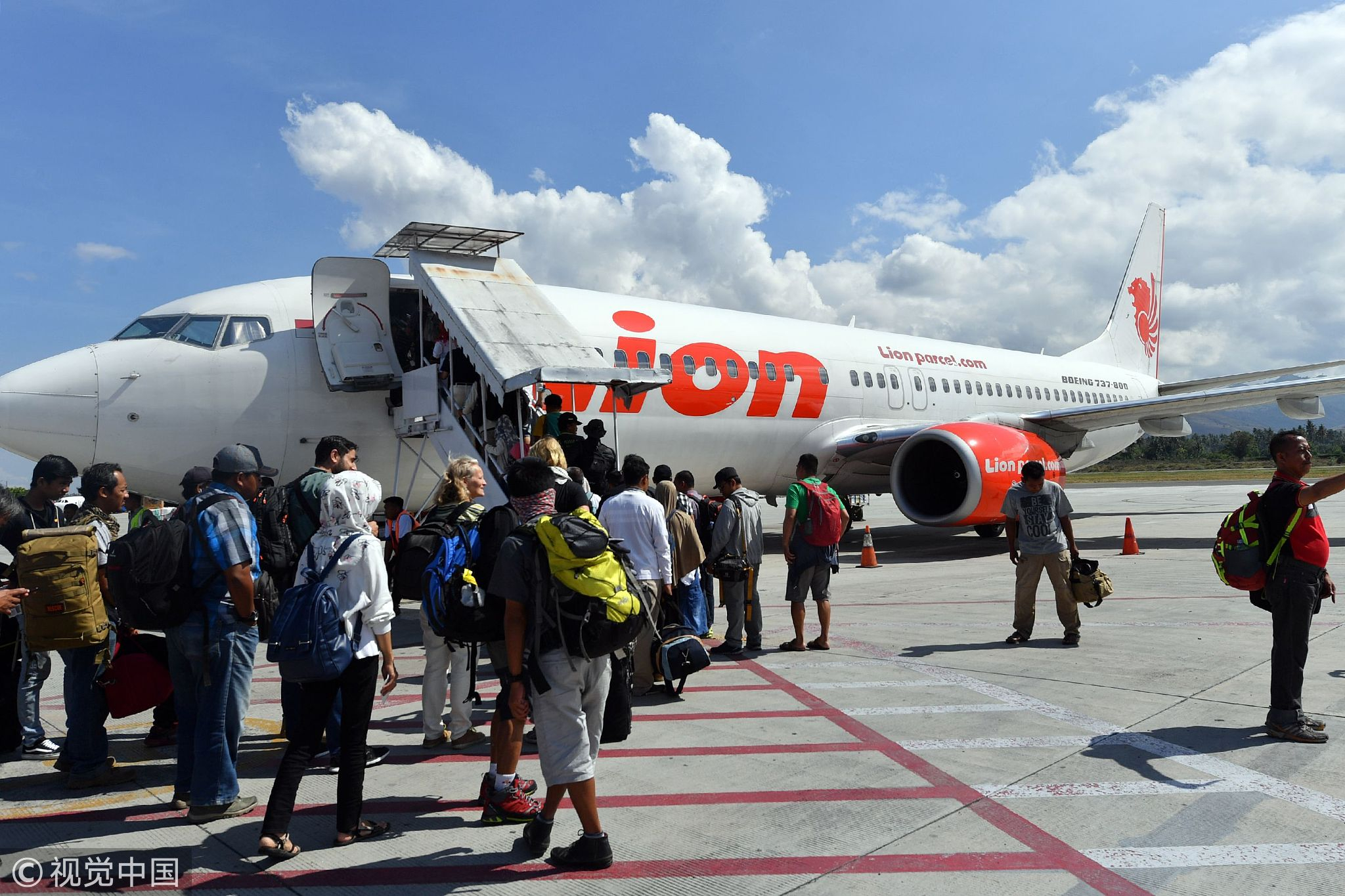01:07

The death toll from multiple strong quakes and an ensuing tsunami in Indonesia's Central Sulawesi province rose to 2,073 on Thursday as the national disaster agency extended the search mission.
The search and rescue operation was extended for another day to Friday at a request of local communities to keep searching for victims, said Sutopo Purwo Nugroho, spokesman of the national disaster management agency.
The official asked people involved in scouring their missing family members to halt the search as they could face the risk of contracting diseases from the decomposing bodies.

A woman sits in front of her home in the earthquake and liquefaction affected Balaroa neighborhood in Palu, Central Sulawesi, October 11, 2018. /VCG Photo
A woman sits in front of her home in the earthquake and liquefaction affected Balaroa neighborhood in Palu, Central Sulawesi, October 11, 2018. /VCG Photo
Friday will be the 15th day after the strong and shallow quakes of 6.0, 7.4 and 6.1 magnitude followed by a tsunami of up to three meters devastated Palu, the provincial capital, the adjacent districts of Donggala, Sigi and Parigi Mountong on September 28.
More than 2,000 bodies have been recovered since the disasters on Sulawesi island.
But authorities fear 5,000 more could be buried beneath the ruined city, where entire villages were swallowed.

A mother and her child are seen inside a tent at a camp for people displaced by an earthquake and tsunami in Palu, Central Sulawesi, October 10, 2018. /VCG Photo
A mother and her child are seen inside a tent at a camp for people displaced by an earthquake and tsunami in Palu, Central Sulawesi, October 10, 2018. /VCG Photo
Rescuers had struggled to find remains in the twisted wreckage, a job made worse as mud hardened and bodies decomposed in the tropical heat.
"The search and rescue (SAR) operation for the victims will end this Thursday afternoon," said Bambang Suryo, SAR field director in Palu.
The government earlier indicated these hard-hit areas would be left untouched as mass graves.

Photographs of missing persons are displayed on the wall after the tsunami and earthquake in Palu, October 10, 2018. /VCG Photo
Photographs of missing persons are displayed on the wall after the tsunami and earthquake in Palu, October 10, 2018. /VCG Photo
Parks and monuments are planned at three of these worst-hit areas, including Balaroa and Petobo, to commemorate the possibly thousands of dead who will never be found.
Those zones were all but destroyed by liquefaction, a phenomenon where the brute force of a quake turns soil to quicksand.
Humanitarian assistance has poured into the disaster-ravaged city but the recovery ever been criticized as moving too slowly.

Passengers board a Lion Air Boeing 737-800 aircraft at the Mutiara Sis Al Jufri airport in Palu, days after the airport reopened following the September 28 earthquake and tsunami, October 10, 2018. /VCG Photo
Passengers board a Lion Air Boeing 737-800 aircraft at the Mutiara Sis Al Jufri airport in Palu, days after the airport reopened following the September 28 earthquake and tsunami, October 10, 2018. /VCG Photo
On Wednesday, Indonesia clarified that its policy on foreign assistance, aid workers and volunteers is "not intended" to prevent them from entering quake-hit Sulawesi.
In a statement, Indonesia's foreign ministry explained that foreign aid workers must first coordinate with the national team, local agencies or non-governmental organizations leading the rescue and recovery effort.
"All assistance including foreign volunteers should only enter after coordination and approval has been given, so their purpose, role and function are clear. It is important that recovery efforts are well coordinated," said foreign ministry spokesman Arrmanatha Nasir.
Source(s): AFP
,Xinhua News Agency






